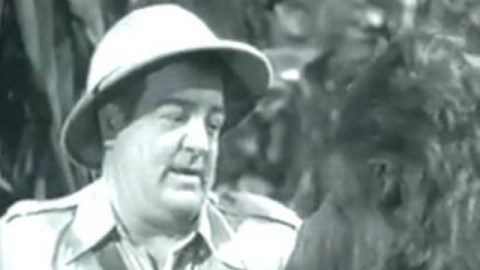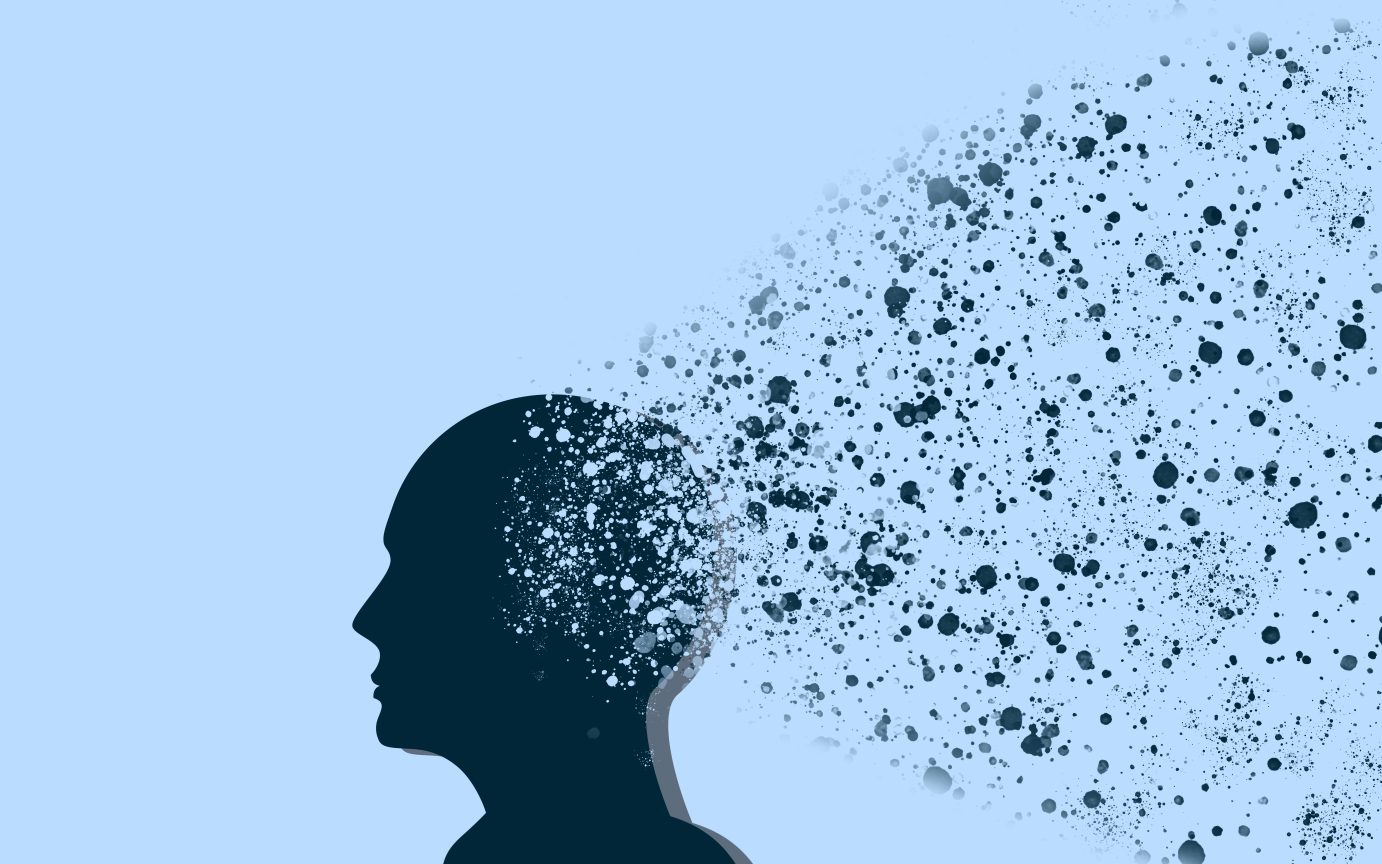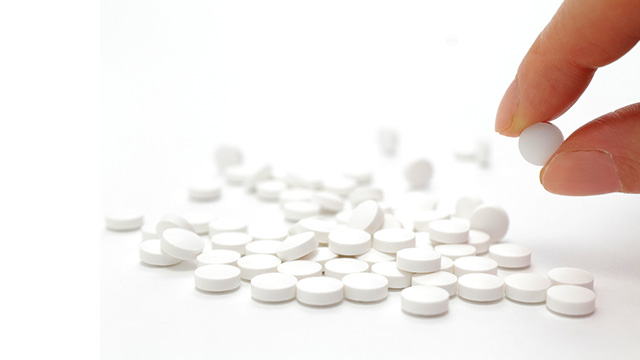People Died Younger in the “Good Old Days”

There is a temptation to feel nostalgia for a simpler time in the middle of the 20th century when America stood astride the globe, a Colossus using its power for good in an unsteady world. That noble vision has faded as we sink deeper into indebtedness to Saudi oil lords and Chinese investors, while our own government appears haplessly unable to see past the next election. But there is one aspect of the good old days I do not miss. One of my early memories is watching a news flash on a small black and white screen TV announcing that Lou Costello died suddenly of a heart attack. In fact, the same thing happened to our (middle aged) neighbor two houses down. Stripped of the veneer of Ozzie and Harriet, the 1950s were actually a scary time, when deadly diseases struck down people in their prime years with alarming frequency.
One big reason for the improvement over the past half-century is epidemiological studies leading to public health awareness. We have learned how dangerous smoking can be, and behavioral changes have had salutary consequences. We also know that poor diets sow the seeds of disaster, and consumption of trans-fats and other unhealthy lipids has dropped.
Medical advances allow us to monitor cholesterol and take powerful cholesterol-lowering drugs when necessary. My grandfather had type II diabetes when I was a child, and paid regular visits to the Joslin Clinic in Boston (his physician was Dr. Joslin himself). He eventually died of complications of this disease after losing both legs. As someone who visits the gym on a regular basis, I wonder if my excellent blood glucose numbers would look more like my grand-dad’s if I had been born a half century earlier.
Unfortunately, progress has been uneven, and large segments of society are unaware of or do not heed well established guidelines for healthy living. But what about those of us who do strive to maintain the finest possible health. Are we taking advantage of the latest information and technology in a timely fashion? We may feel secure that we have some control over our cardiovascular health and metabolic fitness through diet, exercise and medicines. But what about the deadliest cancers? Are these totally out of our control?
As a scientist who studies aging, I have a personal stake in translating laboratory findings to medicines and healthful behavior. Biomedical research at its best inexorably leads to new treatments for diseases. And the rate of progress is accelerating as we begin to bridge the lag between research and drug development. But is the pace of progress becoming so fast that we miss opportunities to take immediate advantage of new findings? Are available, effective medicines and procedures underutilized, even by those who consider themselves knowledgeable? Because some of these modalities are new and may need further validation, they are not covered by health insurance. But even for these newer treatments, it is surely wise to be aware of the best available medical data to inform our choices. Our healthspan may depend on it.





